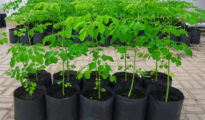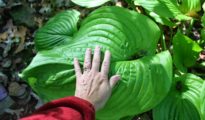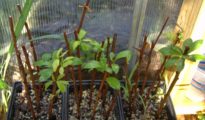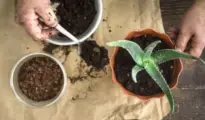So you've got all your plants, flowers, and veggies all set up in your garden, but now you've got a problem: you're noticing that your plants are turning yellow. While a very common thing for most gardeners, yellow plants are never fun to deal with, but thankfully, there are many things you can do to prevent that! Today we'll talk about the top 10 reasons why your plants are turning yellow. Read and remember these 10 reasons so that your garden can be nice and green at all times. Goodbye yellow and hello green!
10 Reasons Why Your Plants Are Turning Yellow
#1. Overwatering
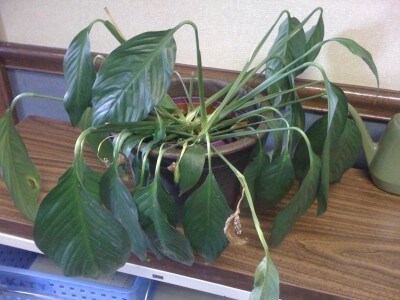
Each and every plant is different and therefore has different watering needs. Overwatering is one of the most common reasons why plants turn yellow. So before you get water happy, research your plant and make sure that each plant gets its OWN dose of water.
#2. Pests and Bugs
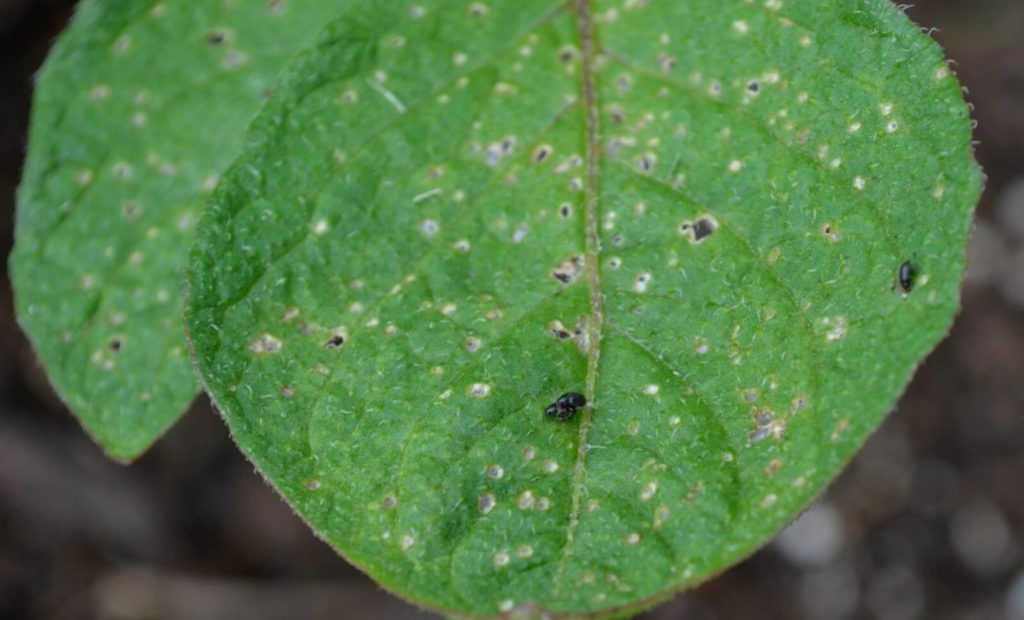
If you see leaves turning yellow AND with some little bite marks on them, chances are, pests and/or bugs are munching away. Get rid of them by spraying your plants with neem oil!
#3. Lack of Sun
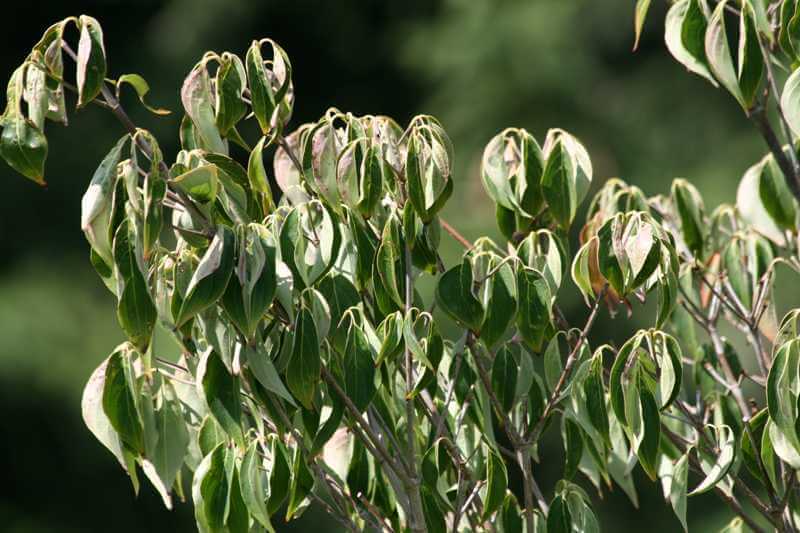
When leaves begin to look faded and droopy, it means there is a lack of sun. Relocate your plant to a sunnier spot and you'll soon see them come back to life again!
#4. Lack of Water
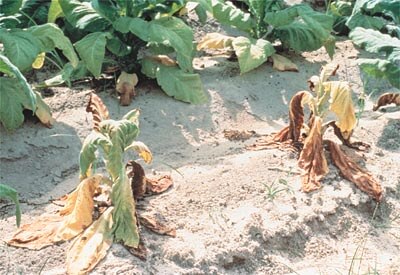
Just like you can overwater a plant, you can also UNDER water a plant! When leaves begin to look dry and crunchy and soil is also dry, it's a good indication that they're not getting enough water.
#5. Lack of Potassium
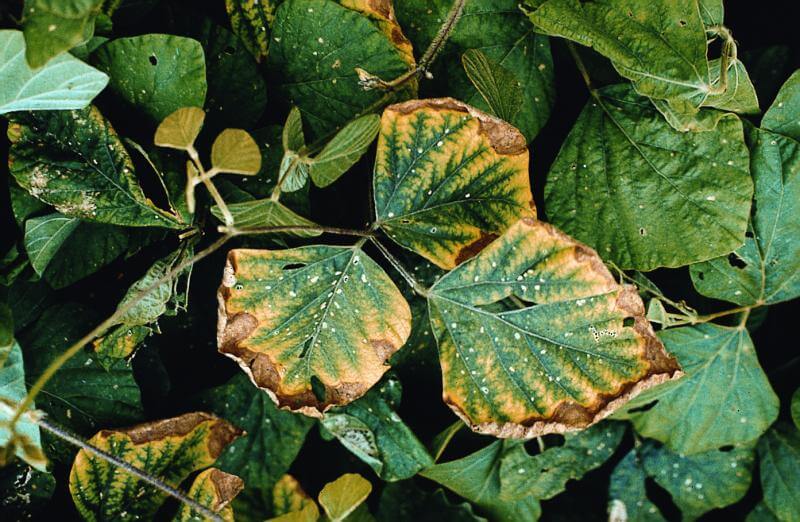
If your plants are lacking potassium, you'll be able to notice because the tips of the leaves will turn yellow. Bury lemon rinds or any other citrus rinds in the soil right at the base of these potassium deficient plants to stop this from happening.
#6. Nitrogen Deficiency
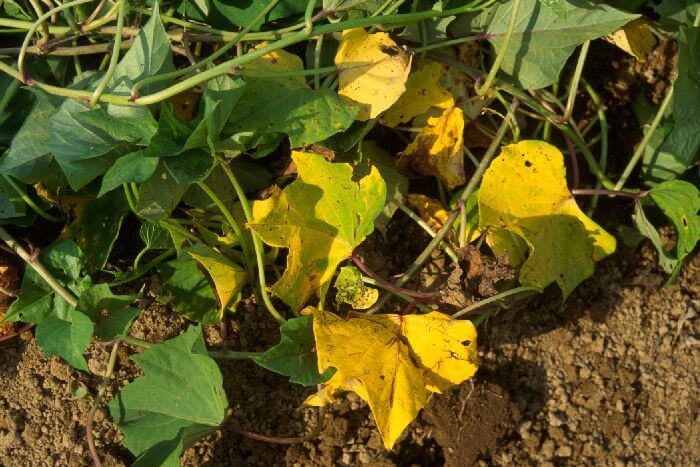
When the tips and center veins of the leaves turn yellow, your plants have a nitrogen deficiency. Add organic compost such as manure and coffee grounds to the soil to get your plants back up to health again!
#7. Lack of Calcium
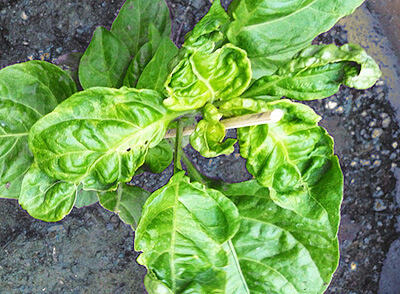
When your plants lack calcium, the leaves will become misshapen. Apply gypsum to alkaline soil or lime to acidic soil to solve this problem.
#8. Lack of Iron
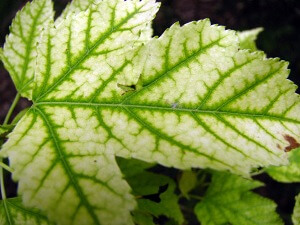
Those plants with an iron deficiency often have a vibrant yellow color with small green veins. Give them a dose of iron by making the sure soil's pH is balanced and under 7.
#9. Lack of Zinc
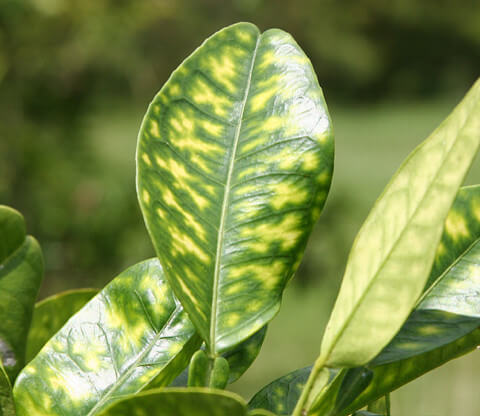
If your plant is lacking in zinc, you'll be able to tell because the leaves will begin to show a light discoloration between large veins. Spray with a kelp extract directly onto the leaves for a quick fix!
#10. Lack of Magensium
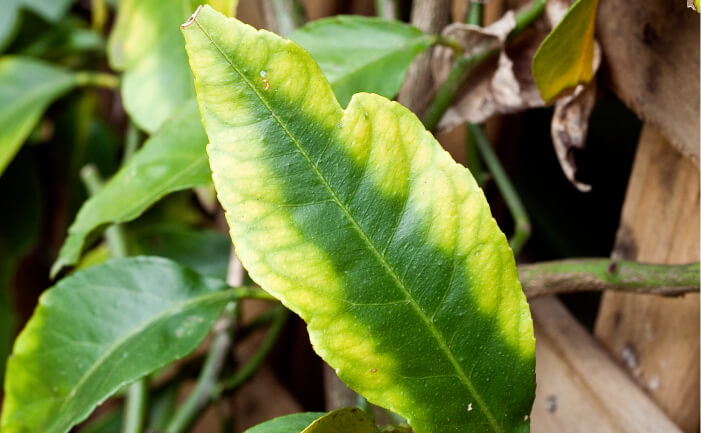
Leaves will show signs of white stripes along the leaf veins when lacking in magnesium. Add organic compost that's rich in magnesium to help return the leaves to their normal color! Epsom salts also work great!
Happy Planting!



